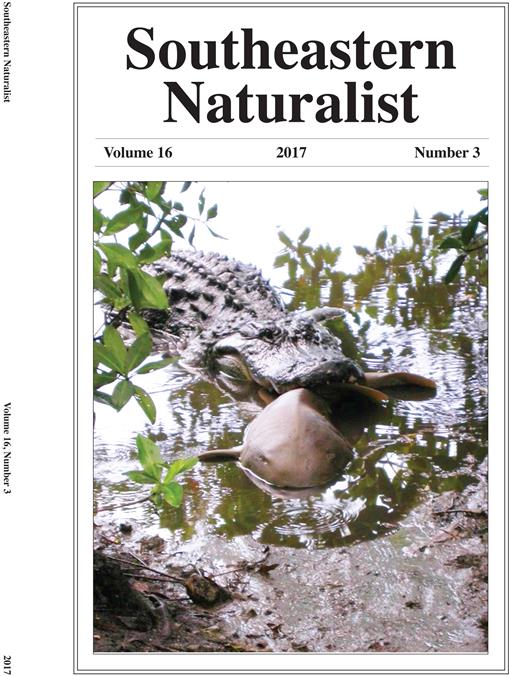Gopherus polyphemus (Gopher Tortoise) is a prominent species found in pine flatwoods, upland scrub, and coastal dunes of the southeast United States. Geoclimatic and anthropogenic sources of habitat changes have fragmented Gopher Tortoises into isolated populations that may reduce gene flow, promote inbreeding, and ultimately impact population viability. Rapid urbanization along the southwest Gulf Coast of Florida has degraded habitat, and fragmented insular and coastal populations. To assess the diversity in these vestige populations, we assessed the genetic structure of Gopher Tortoises on heavily developed Marco Island (n = 61) and the adjacent mainland within Rookery Bay National Estuarine Research Reserve (RBNERR) (n = 23) in Collier County, FL. Using microsatellite markers, we determined that the Marco Island tortoises are genetically distinct from the RBNERR tortoises. We identified unique alleles and reduced allelic richness in both populations, suggesting isolation has reduced gene flow. We therefore encourage careful management of the Marco Island Gopher Tortoises to maintain the uniqueness of the population while preventing further loss of diversity.
How to translate text using browser tools
1 September 2017
Population Genetics Between an Insular and Coastal Population of Gopher Tortoises (Gopherus polyphemus) in Southwest Florida
Colleen Winters,
Julie Ross,
Phil Allman
ACCESS THE FULL ARTICLE

Southeastern Naturalist
Vol. 16 • No. 3
September 2017
Vol. 16 • No. 3
September 2017




